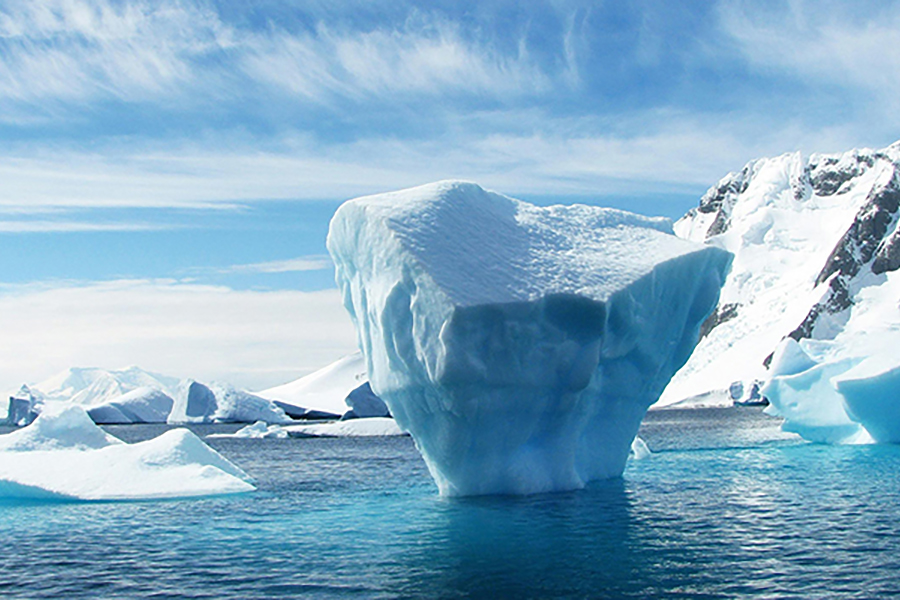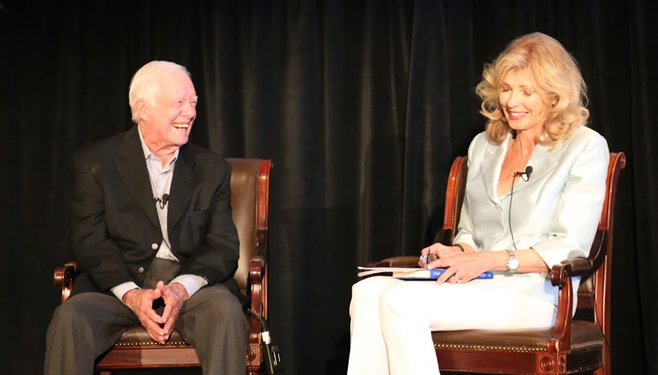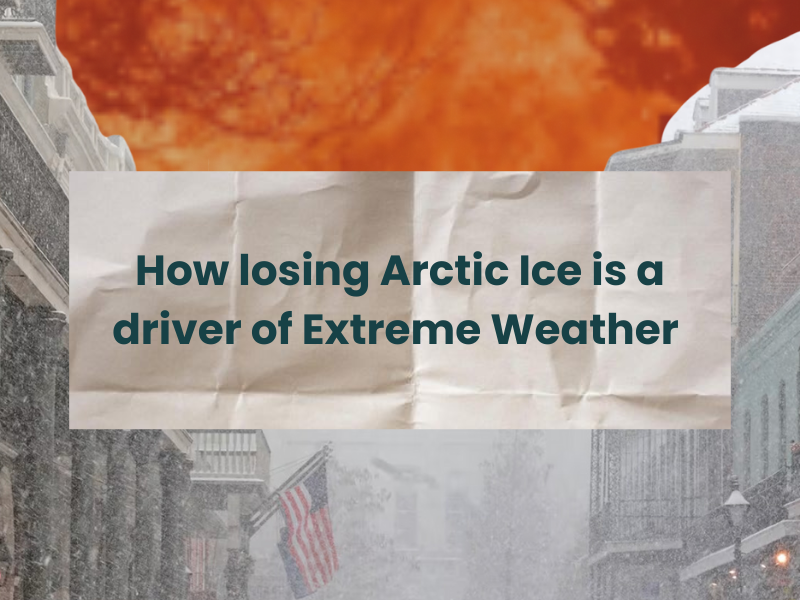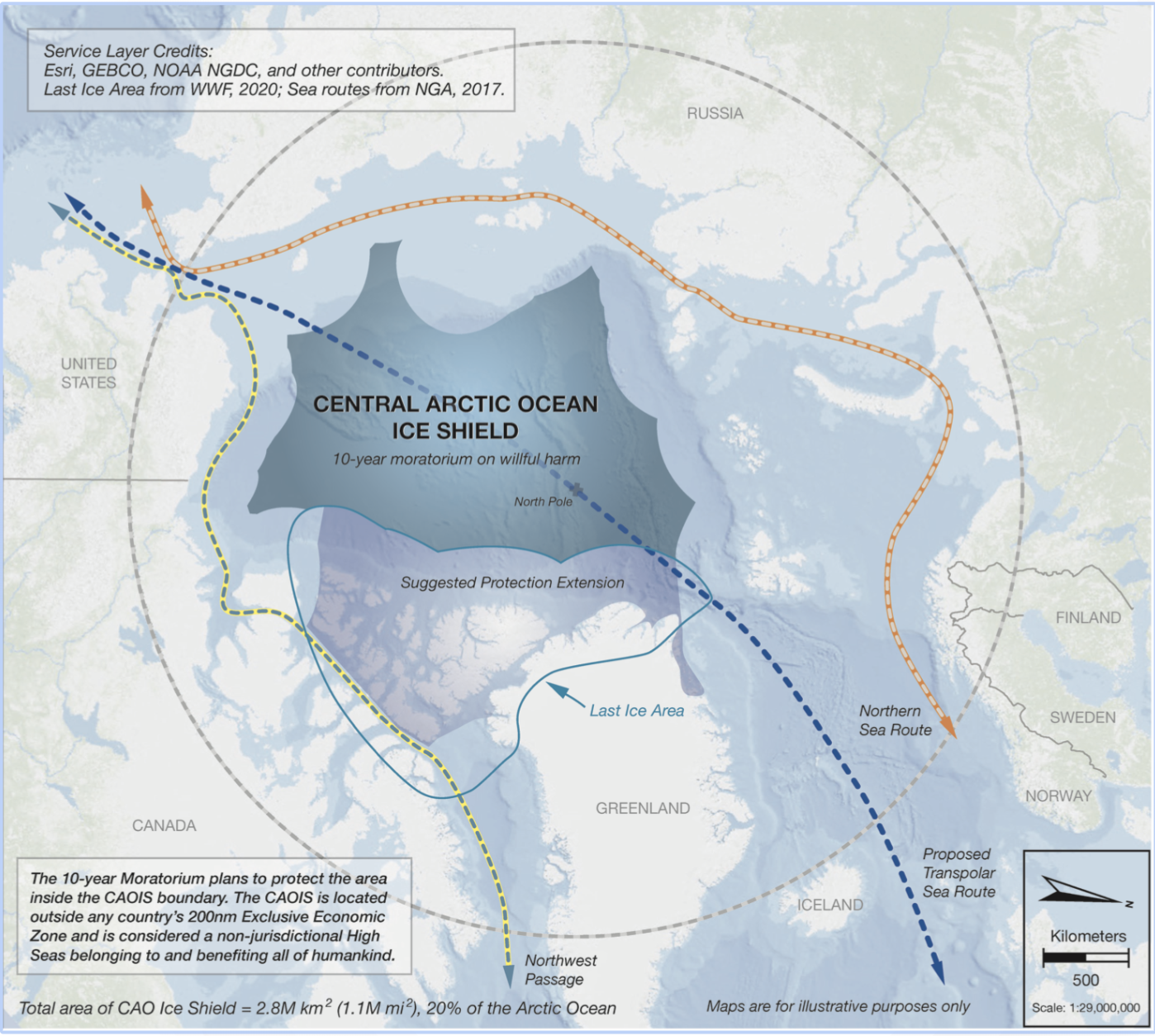
At Global Choices, we are focused on protecting the Central Arctic Ocean, but why? The Arctic Ocean plays a crucial role in global climate regulation and the overall health of marine ecosystems. This unique and fragile environment is not just a remote, icy wilderness—it is a vital component of our planet’s climate system and has profound effects on the entire globe.
One of the most important functions of Arctic sea ice is that it serves as a bright shield that reflects the sun’s heat and radiation, a process known as the albedo effect. The white surface of the ice reflects a significant portion of the sun’s energy back into space, helping to keep the planet cool. However, as global temperatures rise, Arctic sea ice is melting at an alarming rate. As more ocean and land are exposed, the Earth becomes darker, absorbing the heat and accelerating the ice-albedo feedback loop. This results in even more warming and more ice melt in a vicious cycle that amplifies global climate change.
The loss of Arctic sea ice due to climate change has far-reaching consequences for ocean currents, weather patterns, and sea levels worldwide. The Arctic acts as a global thermostat, influencing major oceanic and atmospheric circulation patterns. The melting ice disrupts the delicate balance of these systems, leading to extreme weather events such as severe storms, heatwaves, and altered precipitation patterns far beyond the Arctic region.
Additionally, the influx of freshwater from melting ice into the ocean affects the salinity and density of seawater, which in turn impacts the thermohaline circulation, a critical component of global ocean currents. These currents regulate climate by distributing heat around the planet, and any disruption can lead to unpredictable and potentially catastrophic climate shifts.
Furthermore, the Arctic is home to unique and diverse marine ecosystems that are adapted to the cold, ice-covered environment. The loss of sea ice threatens the survival of many species, from microscopic plankton to iconic animals like polar bears and seals. These changes not only endanger Arctic wildlife but also have implications for global biodiversity and the health of marine food webs.
This situation can no longer be viewed as solely an Arctic States issue. It is now understood that ‘what happens in the Arctic doesn’t stay in the Arctic,’ and that the Arctic ice melt has critical worldwide implications. The interconnectedness of our planet means that changes in the Arctic have ripple effects that touch all corners of the Earth, impacting agriculture, fisheries, coastal communities, and overall global security.
As a result, leaders and civil society must assume global responsibility to protect and safeguard the Central Arctic Ocean Ice Shield (CAOIS) as a natural resource that is crucial to ensure planetary and human health and well-being, as well as for scientific research. The Arctic provides invaluable opportunities for scientific discovery and understanding of climate processes, making its preservation vital for advancing our knowledge and developing effective strategies to combat climate change.
The urgency to act has never been greater. International cooperation and bold, decisive action are essential to halt the degradation of the Arctic and to implement sustainable practices that will protect this critical region for future generations. At Global Choices, we advocate for policies and initiatives that prioritize the protection of the Arctic, recognizing that safeguarding this region is imperative for the overall health of our planet.
Follow us to learn more and read our 10-Year Moratorium Summary Brief on our website. Join us in our mission to protect the Arctic and ensure a sustainable future for all.
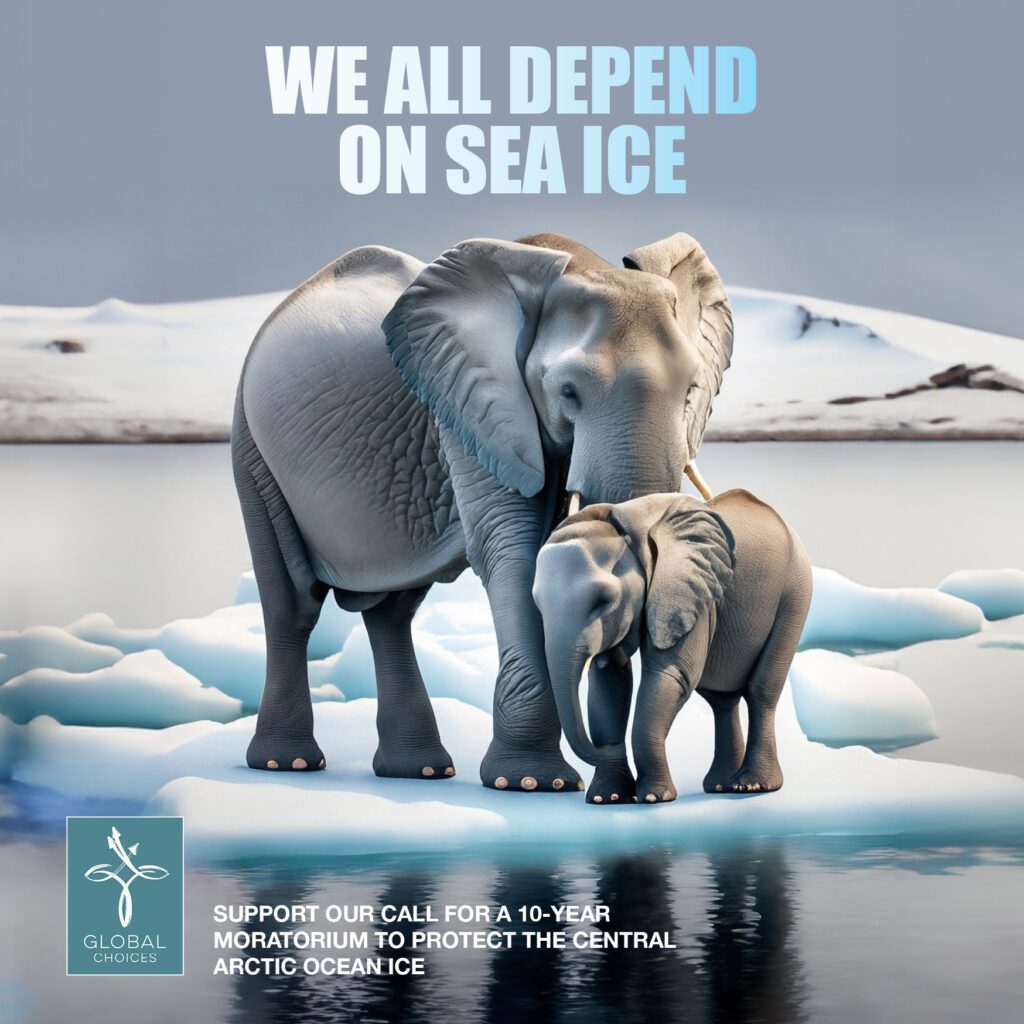
Sources:
- Thermohaline Circulation – NOAA
- 10-Year Moratorium for the CAOIS – Global Choices
- Why is the Arctic So Sensitive to Climate Change and Why Do We Care? – NOAA

